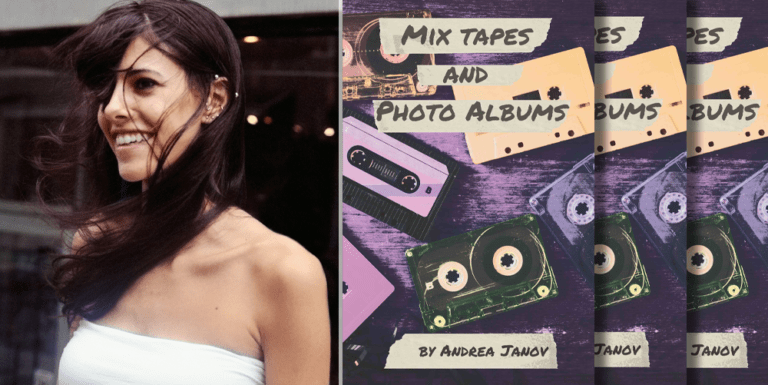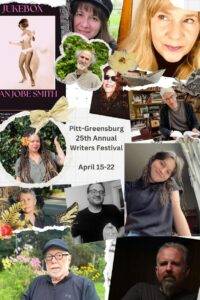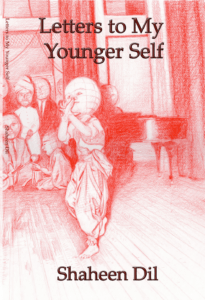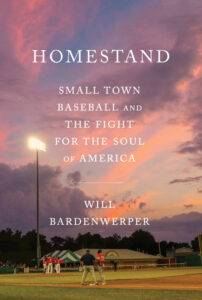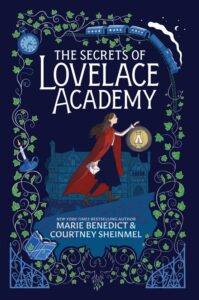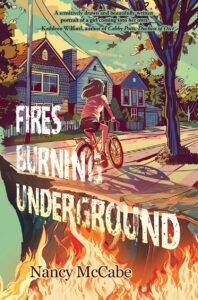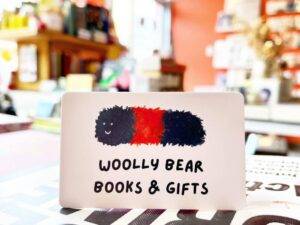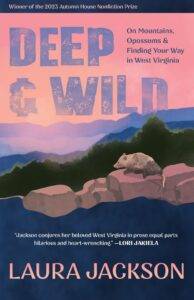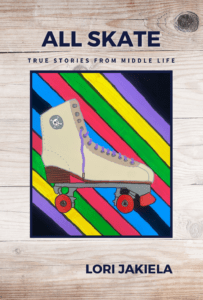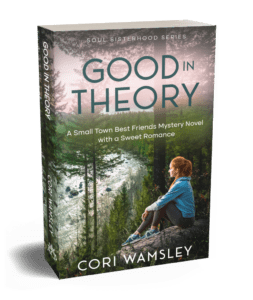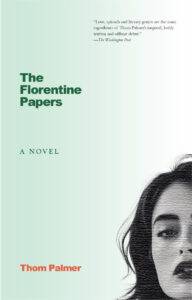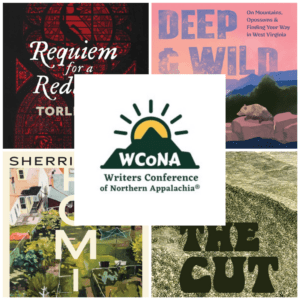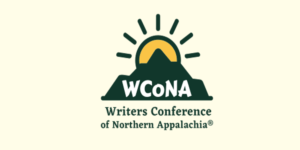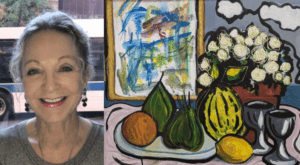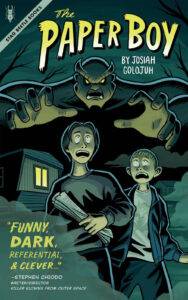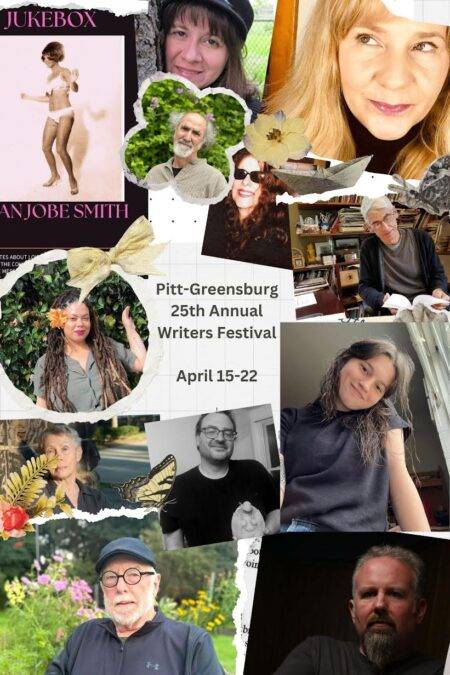From the Publisher: “Mix Tapes and Photo Albums, a narrative poetry collection that forms a poetic mix tape. This coming-of-age poetry collection told from the point of view of an adolescent girl, follows a group of teenagers who push the boundaries of their small town, explore relationships, and test where they fit in society. They find solace in their local punk rock scene, where philosophy is defined through three-minute songs to a mosh pit of believers who wear bruises as trophies.
Split into Side A and Side B, each poem assumes the title of a song which creates the soundtrack to a group of teenagers who push the boundaries of their small town, test where they fit, and find solace in their local punk rock scene. From the first show to college and finally, returning to the small town when their local venue is closing, this collection speaks to those who know that punk is thriving in the streets of small towns everywhere, just waiting for the next generation of kids to tap into its raw power.
Mix Tapes and Photo Albums sings to the kids who will hear their first Sex Pistols song, start their own bands, write their own zines, scrawl Xs on their hands, and create their own communities; and those kids who remember.”
More info About the Author: “Andrea is a mess of contradictions, fan of parallel structure, and nostalgic pack rat who writes poetry about punk rock kids and takes photos of forgotten places. She believes in the beauty of the ordinary, the power of the vernacular, and the history of the abandoned. Through her work, she strives to prove that poetry can be dirty, gritty, and accessible by revealing the art in what we see, say, do, ignore, and forget every day.
Raised by rock and roll parents, she learned the importance of going to concerts and ignoring the “no trespassing” signs in her childhood. She spent her adolescence in a small town punk rock scene where she moshed, fell in love, and produced a few cut-and-paste zines, before escaping to New York City and causing a ruckus in Alphabet City. She has settled in Pittsburgh with her husband, is at the whim of a feisty terrier, works in tech, and Francie Nolan and Ben Weasel still hold an equal place in her heart.”
Author Site
 Can you tell me a bit about what Mix Tapes and Photo Albums is about?
Can you tell me a bit about what Mix Tapes and Photo Albums is about?
It’s a coming-of-age story, told in verse, about a young girl in a small town punk rock scene. I’ve always loved coming-of-age stories that give a voice and the space to all those messy hormones and emotions that are so important to us then. As adults we often look back at that time and think about our embarrassments or mistakes, but I think that it is a time that we should treat with reverence. We were experiencing so much for the first time, making our way in the world, and only kind of worrying about the future because we felt like it was all before us and we were invincible. These feelings mattered, they formed who we are as adults, it was the last time that most of us were truly free and raw.
Why punk rock?
It was the subculture that I grew up in. It is the community and music I love. Though the characters and events in Mix Tapes are amalgamations of people and events, I wanted to give the space to that mostly unseen side of punk. The nurturing community where individuality is celebrated and art has the room to grow. I was privileged to be part of a community where kids found their voices through bands, creating zines, tagging, booking shows, and activism. This time, these people, this music, this community, this place shaped me, I wanted to honor that.
Three Poems from Short Skirts and Whiskey Shots by Andrea Janov…
Why verse?
It is just how my mind works. I think that distilling a scene or event down to lines, with the right breaks, and the right placement on the page brings the emotion forward. It allows the reader to enter into the text, to identify and match their own experiences with what the poems are making them feel.
I always thought about poems as something similar to photographs. They capture a single moment in time, allow you to bring yourself and your feelings, and create an experience that is individual to you. While a lot of the amazing Wilkes-Barre punk kids have really embraced this collection, some of the best feedback that I have heard about this book is from readers who were not punk kids at all, saying that they were able to identify and revisit their own adolescence.
You mention line breaks and white space? Why is that important to you?
Again, it is just how my mind works. I like the edges and limitations of the page, I like that I have a defined canvas to work on. Going back to the beginning of literature, line breaks in poetry have always been intentional, letting the poet carry the reader, subtly directing their eyes, breath, and pacing. I love to also play with the word placement and white space to give the opportunity for each word to carry more power, it allows the poem to have its own breath, feeling, and personality. It gives its own energy. It adds another layer of meaning to each poem.
Connecting it back to the idea of poems as photos, you look at a photo and take it in as a whole then you start to look at the details and really absorb the emotions. Letting the poem take its own form on the page allows the reader to get a feeling before they even start to read.
You have spoken of the photo part of Mix Tapes and Photo Albums, but each poem in this collection shares its title with a song, can you talk about that decision.
In the punk community, it was the music that alway brought us together, there was always a soundtrack, mix tapes marked events and time. So, I wanted a way to include songs in a written format, but not have them be the topic. It also allowed me to give the poems sections, Sides A and B are very different in tone and growth, which was usually the case of a mix tape. I did create a Spotify playlist for most of these songs, though some are local bands that broke up long ago.
Also, to be totally honest, I am terrible, TERRIBLE at titles. So I always like to find a creative way to put a theme into place with the titles of poems. This alway means that titles come last. I pull poems into a collection based on whatever theme I decide works for my intentions, then I group them, and see what title conventions can elevate the collections and pull the reader in to my intent early.
This is a second edition, how did that happen?
The first edition of Mix Tapes and Photo Albums came out a few years ago on the small and mighty EMP Books. We sold out of that first run within a few months. I was thrilled. Like really? That many people bought a poetry book? Amazing. I started to submit my second collection and when I was doing that, I was of course trying to convince publishers that I was low risk, my first book sold out. I landed at Earth Island Books for my second collection. After we got that out into the world. David let me know that they would be interested in putting out the second edition of Mix Tapes and Photo Albums. So, we sorted out details, we designed a new cover, I even traded out all the photos to make it feel like more of a photo album. I am really excited that this second edition has a different feeling even though all of the poems are the same.
What’s next?
I am working on my third collection. I always try to gauge how “done” it is, but in reality I am not sure yet. Some poems feel like they are ready to submit for publication while others are simply vague ideas for a topic or a feeling that I feel needs to be included. I need to become better at submitting the completed poems as I work on the others, but usually I wait until I have a finished collection before I even start submitting the individual poems. I hope by this time next year, I have at least finished this collection and it is in consideration at some publishers.
Sneak peek, what is the next collection about.
It is all about saying goodbye to phases of your life while honoring them at the same time. This one is not very narrative, which is different from the first two, which I am really excited about. I am loving some of these new poems, which have taken me in a different stylistic direction.


